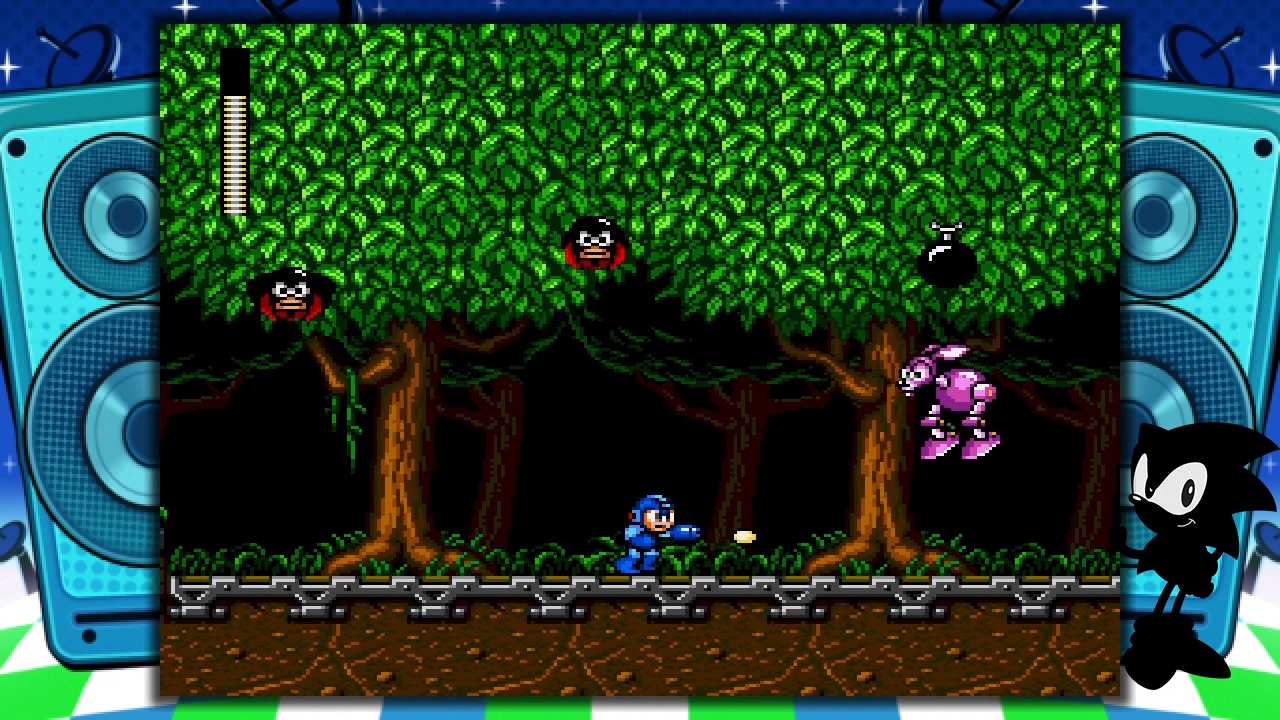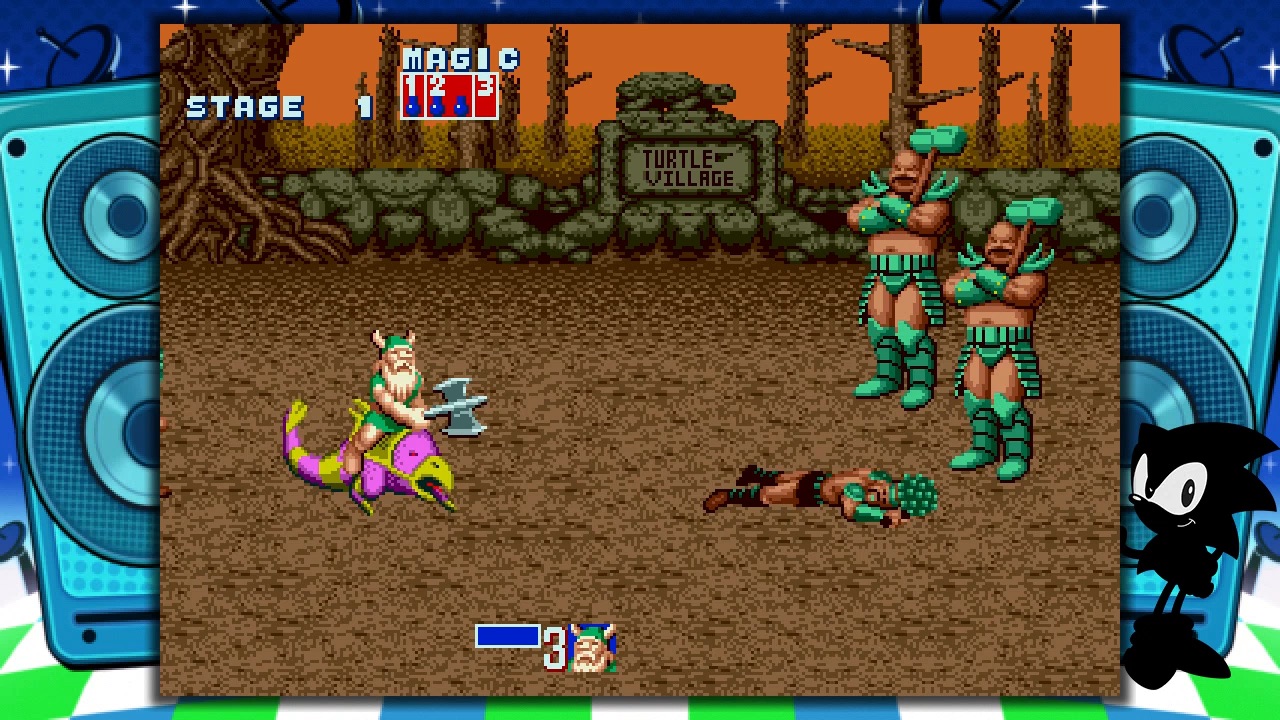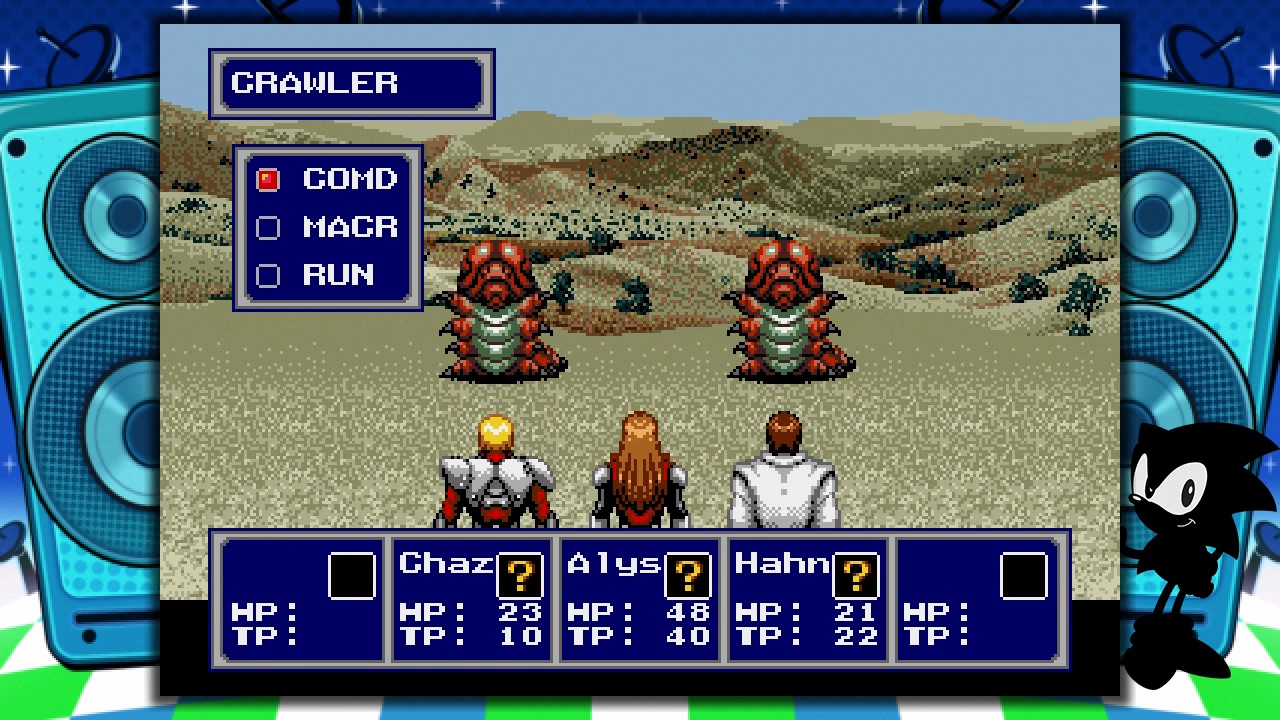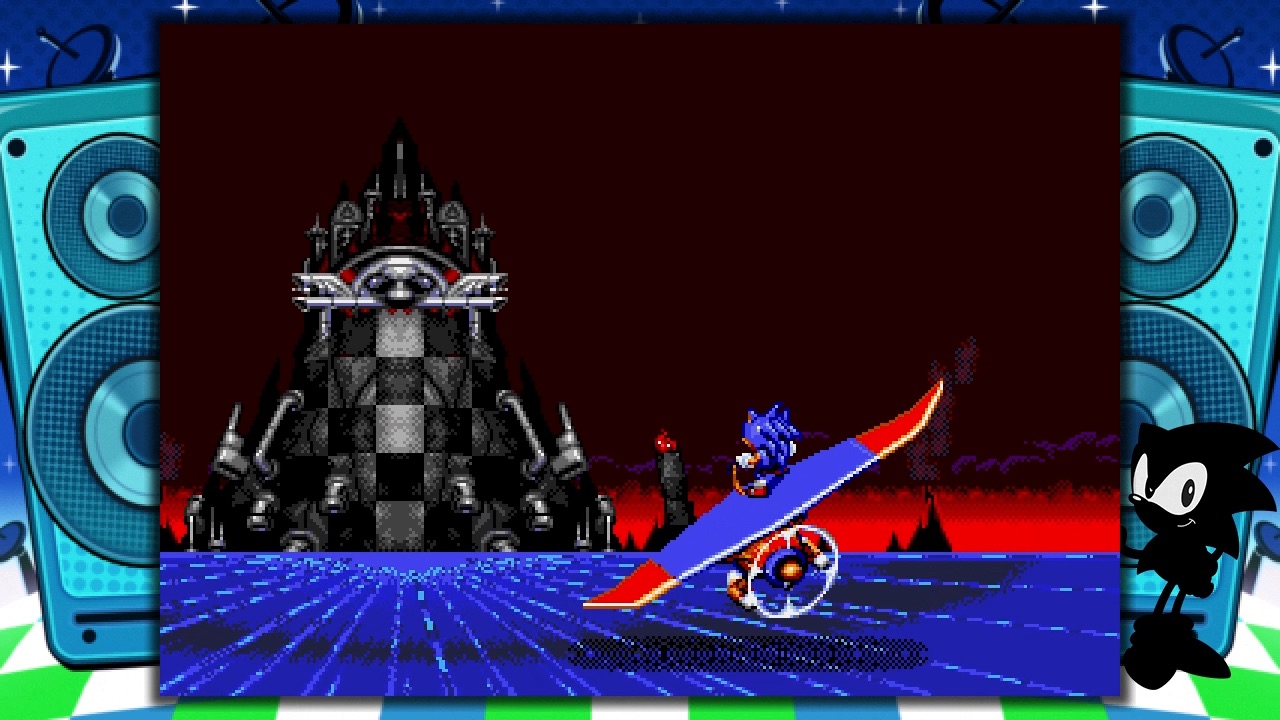
Knockoff Sega Genesis emulation hardware has existed for years. Now, finally, Sega has an authentic plug-and-play miniature console loaded with a stellar lineup of 42 classic games. Yes, Sega followed Nintendo’s lead after observing the success of the NES and SNES Classics. But at least Sega didn’t drop the ball like Sony. In fact, the Sega Genesis Mini might best Nintendo’s efforts in design while offering the best way to play Sega Genesis games today.
Now that’s a library
Let’s start with the lineup. The Genesis Mini has an eclectic library of games, organized by box art tiles either alphabetically, by genre, or release date. Sonic the Hedgehog leads the way in name recognition, but there’s a lot to choose from, including classic beat ’em ups like Golden Axe, wonderful role-playing gems like Phantasy Star IV, and engaging platformers like Kid Chameleon. You could argue the console actually includes 45 games, as Mega Man: The Wily Wars compiles 16-bit versions of the original NES trilogy.
As an added bonus, two games appear on Genesis for the first time. Tetris and Darius, both of which were ported to the Genesis by developer M2 from their arcade counterparts. Playing Tetris on a Sega console was weird, and since the Sega version didn’t have holds or hard drops, I doubt I’ll play it again. Still, it’s a neat bonus to an already great lineup.
The game select menu features new chiptune music composed by Yuzo Koshiro, one of the best in the business. Koshiro worked on the original soundtracks for a few games in the collection, including Streets of Rage II. In another neat trick, the box art changes to match the region when you change the console’s language. If you switch to Japanese, the entire menu changes to Mega Drive box art.
Sega specifically wanted the Genesis Mini to be authentic to the original games. Developer M2 emulated each game to adhere to that desire, leaving bugs and cheat codes in the games. But authenticity doesn’t mean you’ll have to write down passwords to save your progress. Each game has four save states, so you can pick up where you left off each time.
I played with the CRT filter, which made it look like I had gone back to the ’90s. You can choose from a couple backgrounds to fill the black space on each side of the screen when using the 4:3 aspect ratio. If you opt for a 16:9 ratio, M2 formats games so the pixels aren’t blurred in wide screen.
Authentic hardware design

Sega’s dedication to authenticity extends to the tiny console itself, which can fit in the palm of my hand. Despite that, the Genesis Mini mirrors the design of the original unit. There’s an on/off toggle, a volume slider, and a functional reset button. The reset button brings up the options menu, letting you exit to the main screen, restart a game, or save your progress.
A couple of the other design features are just for show. The cartridge slot on top flaps open. During my preview, I placed small plastic replicas of Sega cartridges into the slot. Sega says these decorative pieces of plastic won’t be sold. Remember the cover on the bottom that could be removed to connect the Sega CD and 32X add-ons? That slot is on the Mini, too. Sega will actually sell those non-functional add-ons, though only in Japan.
The Sega Genesis Mini comes with two wired controllers. The chunky, three-button controllers have just the same shape and feel as the original design. The A, B, and C buttons are huge and appropriately squashy, and the eight-directional D-pad still feels great. If you want the sleeker six-button Genesis controller, Retro-bit is releasing an official gamepad for the Mini on September 16 for $20. The Retro-bit controller will also have new right and left triggers.
The Sega Genesis Mini launches September 19 for $80. The console comes with a USB power adapter, power cable, HDMI cable, and two wired gamepads. It’s available for pre-order now.






